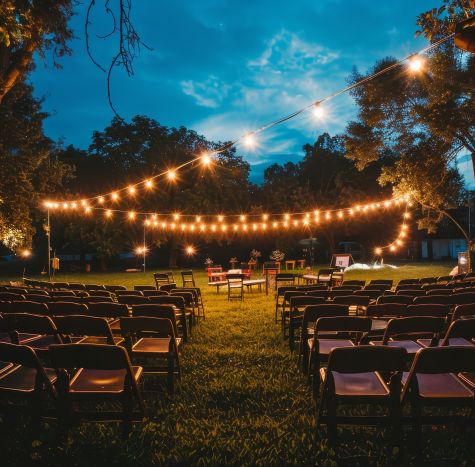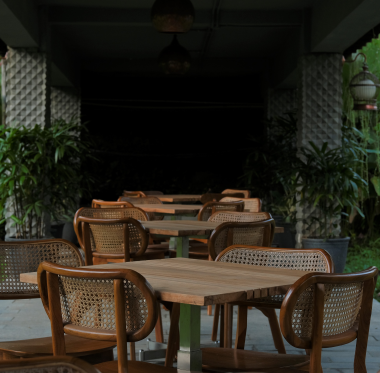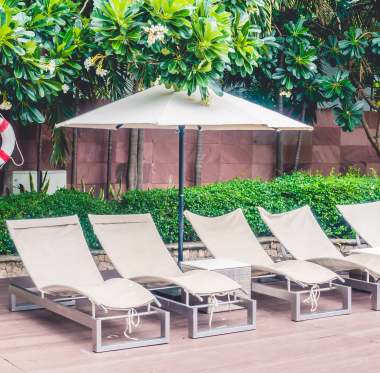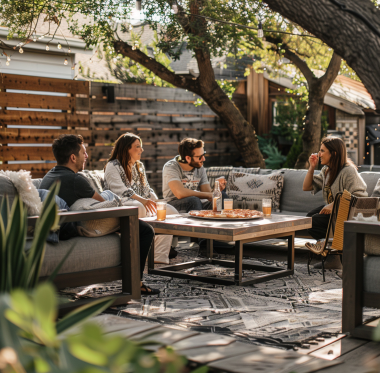Creating outdoor seating content involves various aspects, from design principles to material selection and functionality. Here are key elements to consider:
1. Design Principles
- Aesthetics: Ensure the seating complements the outdoor environment and overall design theme.
- Functionality: Design seating that serves the intended purpose, whether for dining, lounging, or social gatherings.
- Comfort: Consider ergonomics to ensure comfortable seating.
2. Material Selection
- Durability: Choose materials that withstand outdoor conditions, such as weather-resistant woods (e.g., teak, cedar), metals (e.g., aluminum, stainless steel), and synthetic materials (e.g., resin, rattan).
- Maintenance: Opt for materials that require minimal upkeep. For instance, treated woods and powder-coated metals resist weather damage.
- Sustainability: Consider eco-friendly materials like recycled plastics or sustainably sourced wood.

3. Types of Outdoor Seating
- Chairs: Single seating options including lounge chairs, dining chairs, and Adirondack chairs.
- Benches: Longer seating that can accommodate multiple people, often placed in gardens or along pathways.
- Sofas and Sectionals: Larger, cushioned seating ideal for outdoor living rooms and lounging areas.
- Swings and Hammocks: For a more relaxed and fun seating option, especially popular in gardens and patios.
- Poufs and Ottomans: Versatile and movable seating, often used as footrests or extra seating.
4. Layout and Arrangement
- Space Planning: Arrange seating to maximize space and ensure easy movement.
- Focal Points: Design seating areas around focal points such as fire pits, water features, or scenic views.
- Zones: Create different zones for various activities, such as dining, lounging, and entertaining.
5. Cushions and Fabrics
- Weather-Resistant Fabrics: Use fabrics that resist fading, moisture, and mildew (e.g., Sunbrella, acrylic).
- Comfort: Choose high-density foam for cushions to ensure long-lasting comfort.
- Style: Select fabrics and patterns that match the overall design aesthetic of the outdoor space.
6. Accessories and Enhancements
- Shade Solutions: Incorporate umbrellas, pergolas, or shade sails to protect from the sun.
- Lighting: Use outdoor-rated lighting such as string lights, lanterns, or path lights to create ambiance.
- Decor: Add outdoor rugs, throw pillows, and potted plants to enhance the visual appeal and comfort.
7. Safety and Accessibility
- Stability: Ensure all seating is stable and can withstand outdoor elements.
- Accessibility: Design seating arrangements that are accessible to people of all ages and abilities, considering height and ease of use.
8. Seasonal Considerations
- Weather Protection: Provide options for covering or storing seating during inclement weather.
- Heating: Consider outdoor heaters or fire pits for cooler seasons to extend the usability of the outdoor space.
- Cooling: Include fans or misting systems for hot weather to enhance comfort.
9. Budget and Cost Management
- Material Costs: Balance between high-quality, durable materials and budget constraints.
- DIY vs. Professional: Decide whether to build custom seating or purchase ready-made options.
- Maintenance Costs: Factor in long-term maintenance expenses when selecting materials and designs.
10. Trends and Innovations
- Modular Seating: Flexible, reconfigurable seating arrangements that can adapt to different needs.
- Smart Furniture: Incorporate technology like built-in speakers, lighting, or charging stations.
- Eco-Friendly Designs: Focus on sustainable materials and practices in outdoor seating design.
By addressing these elements, you can create comprehensive and appealing outdoor seating content that meets various user needs and preferences.



© All Copyright 2024 by Kingston Hills. Design by Designinghubworld.in


